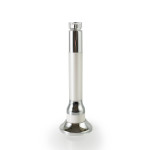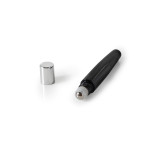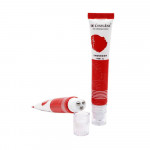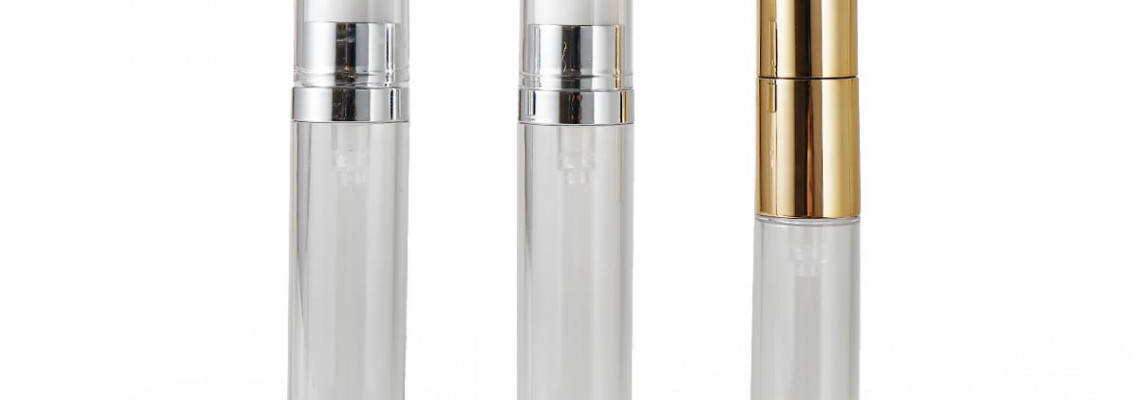
Introduction
The eye cream packaging market showcases a spectrum of design approaches, each with its unique appeal and targeted demographic. This post dives into the contrasting styles of minimalist and decorative packaging designs, evaluating their effectiveness for different consumer segments.
The Minimalist Approach
Minimalist packaging design is characterized by:
- Streamlined Shapes and Forms: Focusing on simplicity and the essentials without excess.
- Clean Aesthetics: Utilizing clean lines, ample negative space, and natural textures to convey clarity and quality.
- Minimalistic Use of Materials: Employing fewer materials and colors, often sticking to a monochromatic palette, to emphasize the product itself.
Benefits of Minimalist Packaging
The minimalist approach offers several advantages:
- Consumer Demand: Aligns with a growing trend towards simplicity and functionality in consumer products.
- Sophistication and Elegance: Often perceived as more sophisticated and premium, appealing to a segment that values understated luxury.
- Environmental Impact: Typically involves using less material, which can reduce the packaging's environmental footprint.
The Decorative Design Approach
Decorative packaging design features:
- Rich Details: Incorporates intricate patterns, textures, and embellishments that catch the eye.
- Vibrant and Bold Colors: Uses bold color schemes and metallic accents to stand out on the shelf.
- Attention-Grabbing Graphics: Focuses on visually striking designs that command attention and evoke a sense of indulgence.
Benefits of Decorative Packaging
Decorative designs provide distinct advantages:
- Market Visibility: Helps products stand out in a crowded marketplace, attracting attention with its vivid aesthetics.
- Consumer Appeal: Appeals to those who value beauty and detailed artistry in their product choices, enhancing the user experience through design.
- Perceived Value: Can increase the perceived value of a product, associating it with luxury and exclusivity.
Target Market Considerations
Both design approaches cater to specific consumer needs:
- Minimalist Design: Best suits consumers who prefer functionality, simplicity, and sustainability. Ideal for those who appreciate modern design and eco-friendly products.
- Decorative Design: Targets consumers looking for luxury, trendiness, and self-expression through their choice of products, often appealing to younger demographics that value standout items.
Balancing Functionality and Aesthetics
Effective packaging design must balance aesthetics with functionality:
- Protection and Preservation: Ensures the packaging not only looks good but also serves its primary purpose of protecting and preserving the contents.
- Consumer Preferences: Meets the practical needs of consumers while satisfying their aesthetic preferences, whether they lean towards minimalism or decorative artistry.
Regulatory and Compliance Factors
Both minimalist and decorative designs must adhere to regulatory standards:
- Compliance with Standards: All cosmetic packaging must meet specific industry standards, ensuring safety and efficacy.
- Labeling Requirements: Accurate and clear labeling is crucial, regardless of design, to inform consumers adequately about the product.
Case Studies: Successful Minimalist and Decorative Packaging
Real-world examples illustrate the successful application of both design philosophies:
- Design Rationale: Exploring why brands choose specific design paths and how these decisions align with their market positioning.
- Brand Impact: Assessing how these design choices influence brand perception and customer loyalty.
- Implementation Challenges: Discussing obstacles encountered during design and production and how they were overcome.
Conclusion
Choosing between minimalist and decorative packaging designs involves understanding the brand's market positioning and consumer preferences. Brands must carefully consider which design approach will most effectively communicate their message and appeal to their target demographic.
Explore our latest eye cream packaging designs and find the perfect match for your brand.
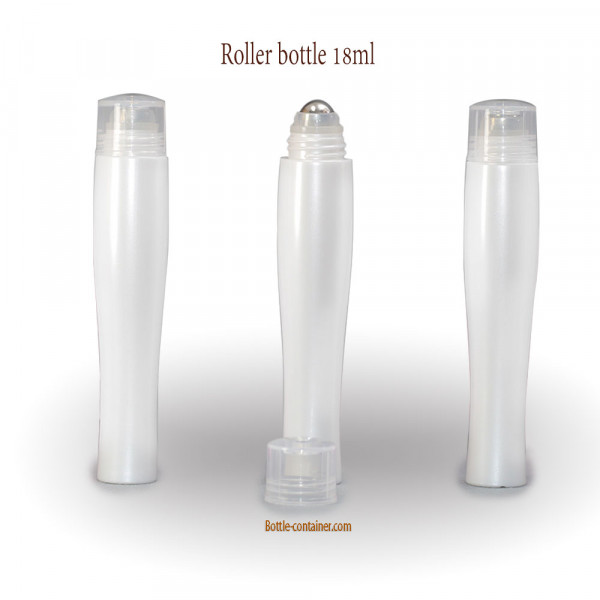
As the cosmetics market evolves, the ability to adapt and cater to diverse consumer tastes—whether they favor the clean simplicity of minimalism or the bold flair of decorative designs—remains a critical factor in achieving success and differentiation.








